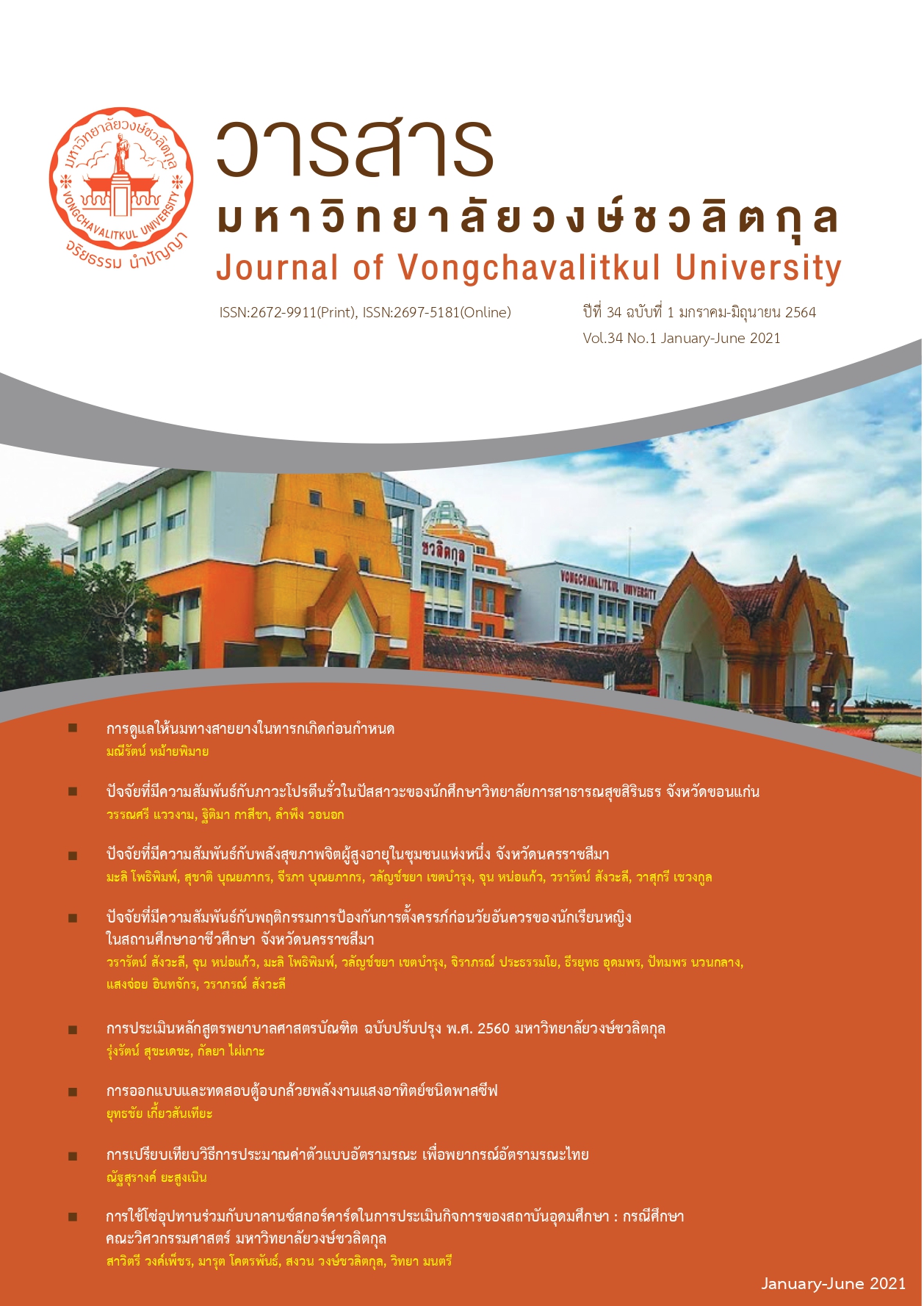A Comparison of Mortality Models for Forecasting Thai Mortality Rate
Main Article Content
Abstract
Objective: The objectives of this research were to study morality model and comparison mortality model that appropriate to forecast Thai mortality rate from 2563-2572.
Methods: The mortality model was composed of the Lee-Carter model and the Age-Cohort model. The estimation of the parameter was considered under the hypothesis of a distribution of the death count as a Poisson distribution and a Negative Binomial distribution. The main source of data on the number of age-specific people in the population came from the Thai Ministry of the Interior. The death counts were obtained from the Bureau of Policy and Strategy, Ministry of Public Health. Data analysis was performed by using mortality rate estimation for the suitable model to forecast mortality rate. Furthermore, we also considered the method for finding suitable model with the problem of overdispersion of the death counts.
Results: The result showed the suitable model for male was the Lee-Carter model under assumption of the death count as negative binomial distribution with age-dependent dispersion parameter. For female, the suitable model was the Age-Cohort model under assumption of the death count as negative binomial distribution with age-independent dispersion parameter. Furthermore, the forecasted mortality rate both genders trended to decline, span from 2563-2572. The life expectancy trended to increase both male and female. Moreover, the life expectancy of female was almost greater than the male life expectancy.
Article Details
References
2. Currie, I. D. (2006). Smooting and forecasting mortality rates with P-splins. Talk given at the Institute of actuaries.http://www.macs.hw.ac. uk/~iain/research/talks/Mortality.pdf
3. Dean, C. B. (1992). Testing for overdispersion in Poisson and binomial regression. Journal of the American Statistical Association, 87, 451-457.
4. Dean, C., & Lawless, J. F. (1989). Tests for detecting overdispersion in Poisson. Journal of the American Statistical Association, 84, 467-472.
5. Goodman, L. A. (1979). Simple Models for the Analysis of Associate in Cross-Classification having Ordered categories. Journal of the American Statistical Association, 74(367), 537-552.
6. Lee, R. D., & Carter, L. R. (1992). Modeling and Forecasting U.S. Mortality. Journal of the American Statistical Association, 87(419), 659-671.
7. Renshaw, A., & Haberman, S. (2003). Lee-Carter mortality forecasting with age-specific enhancement. Insurance: Mathematics and Economics, 33, 255-272.
8. Renshaw, A., & Haberman, S. (2006). A Cohort-based extension to the Lee-Carter model for mortality reduction facstors. Insurance: Mathematics and Economics, 38, 556-570.
9. Yasungnoen, N. (2015). Forecasting Thai mortality by using a modified Lee-Carter model. (Doctoral dissertation). Suranaree University of Technology, Nakhonratchasima, Thailand.


